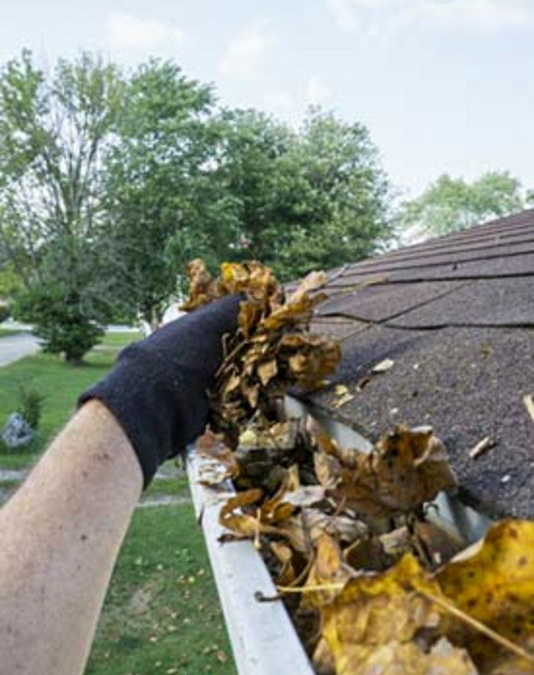There are very few places in the U.S. that weren’t hit hard last winter. Even the generally calm, suburban Philadelphia neighborhood where I lived was plagued with multiple ice storms that down many power lines and rendered the roads impassable.
Folks in Boston faced record snowfall at 108.6 inches and one storm has come to be known as the January 2015 North American Blizzard (unofficially named Winter Storm Juno). To predict this early in the fall what we’ll face this winter would be an exercise in futility, but being prepared for whatever comes is never a waste of time.
When asked what they wished they had done to better prepare for last year’s historic storms, homeowners in the northeast part of the country tell me the following, in order of importance:
Purchase a Generator:
Losing power for even a day or two can be a hardship. Heat and hot water is lost at the time when it is needed most and the food on which you so diligently stocked up can be spoiled in just a few hours. Last year, millions of people across the U.S. lost power for a week or more and in some cases, it cost human lives. Whether you live in an area prone to tornadoes, tropical storms or severe snowfall, owning a generator will never be a regrettable decision. Since operating a generator is much more than plug-and-go, click here for a basic guide to purchasing the right machine for your needs.
Purchase a Snowblower:
While shoveling snow is an excellent cardio workout, it can also be dangerously strenuous for those not already in relatively good physical shape. The second most popular lament from ill-prepared homeowners was that they wished they had a snowblower for the storm of 2015. As one property owner tells us, It’s not just the lazy factor – it’s removing the snow quickly and thoroughly from driveways and sidewalks to avoid potential injury to those walking about. “It just gets to be too much,” another makes note. “Sometimes it’s better to just wait until all the snow has fallen and get it in one fell swoop.”
Better Insulate the House:
Even for those homeowners who never lost power, the hardship came in the form of hefty energy bills. With furnaces working overtime and more people stuck in the home, heating and energy bills can be a disaster of their own kind. One very simple and affordable way to avoid energy loss is to pick up a few tubes of caulk and find the areas around the house where air is entering or escaping. Hovering a candle around door and window frames is the tried and true way to locate drafts, and sealing them up will make a marked difference in your level of comfort and your energy costs over the course of the winter. Another very simple and effective trick is to wrap your water heater to avoid heat loss. Quilted moving blankets are a great choice, but any old blanket will do.
Maintain the Gutters:
If cleaning the gutters is something that ends for you after the first major dropping of fall leaves, you may want to reconsider your plan. When snow and ice amounts surmount what your gutters can handle, it is important that they are as clear and free as possible. In addition to leaves, there is a lot of dirt and debris that can accumulate in your gutters – debris that can cause major problems once frozen in the system. A thorough initial cleaning at the end of October is a great start, but taking a peek once a month through the end of February can help avoid damage to the gutters – as well as to the roof. There are some inexpensive gutter tools out there that will avoid the dreaded ladder, but the first major cleaning should ideally be done by hand.
While we can never truly outsmart Mother Nature, we can surely be better prepared to take her on. We wish everyone a happy 2016 winter and hope that these simple tips can help make it as safe and comfortable as possible. Let it snow!
Credit: Diana Cammarota




























